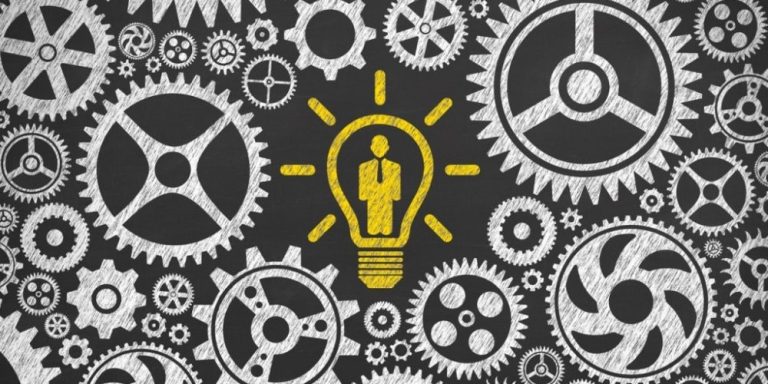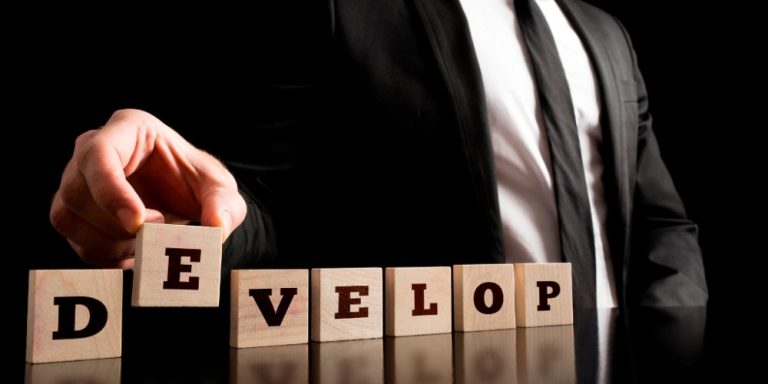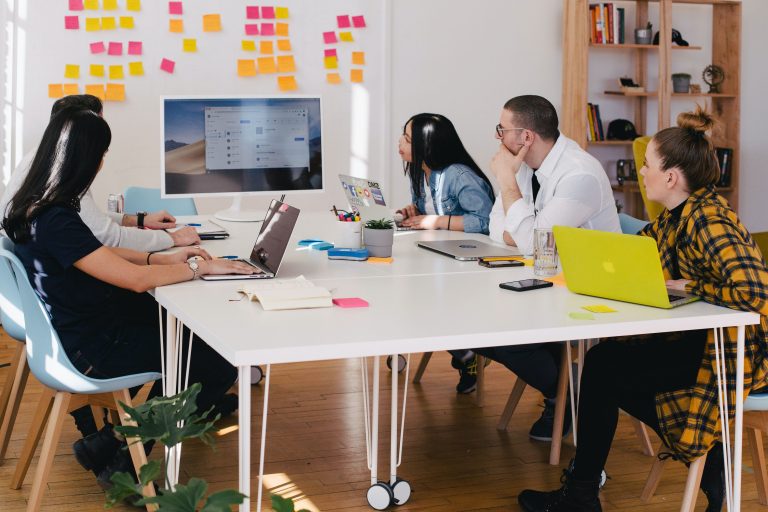Successfully boosting productivity and performance through shifting to an agile or activity-based working (ABW) environment depends on three key factors, according to an expert in the future of workplace design.
The most successful workplace solutions are bespoke ones where the engagement process has allowed the exploration and development of an appropriate workplace model for an organisation, said Stephen Minnett, founder and director of Futurespace.
“The process takes time and commitment and we see companies trying to ‘shortcut’ the process and apply a solution they have seen elsewhere,” he said.
“This can result in a workplace that doesn’t fully address people’s needs and realise the potential of a properly developed agile environment.”
Shifting to ABW and a more productive workplace depends on the alignment of people’s behaviours, the physical space and their technology, Minnett added.
“We use the analogy of a ‘tripod’ for an effective agile workplace solution – if one of the 3 legs is much shorter than the other 2 it falls over and doesn’t work,” he said.
Another failing of the implementation of ABW in some workplaces is that the space is overloaded to the point where one of the fundamental promises made to people moving to ABW is broken.
“That is the promise that if they forsake their ‘ownership’ of a desk they will be given greater choice,” said Minnett.
“But if the business pushes too many people into the space that promised choice isn’t available.
“Instead people make do with their second or third choice of space or in some extreme cases can’t even be accommodated at all at peak periods.”
“HR has a critical role in helping people transition to new ways of working – and the starting point for this is education”
To properly implement an ABW, Minnett said the conversation has to start with a good understanding of how people work now, what their patterns of behaviour are and the role of technology in their work.
People need to be then taken through an education process as to the opportunities that new ways of working can open up to make work more enjoyable and productive.
“HR has a critical role in helping people transition to new ways of working – and the starting point for this is education,” he said.
“As companies increasingly focus on the attraction and retention of talent HR can have a key role in helping define what the workplace experience should be for people and what types of new team structures may best support teams in the future.”
Minnett also said there are many trends impacting on the workplace and the rate of change is increasing.
“Organisations find it very difficult to predict their future space requirements and we will see the increasing ‘uberisation’ of space so that you only occupy and pay for what you need,” he said.
“In the past organisations were able to predict with confidence their future staffing numbers and what their workplace needs would be, often up to five to 10 years ahead.
“However, this is no longer the case.
“With lease agreements of 10, 15, 20 years or more and the rate of change we’re experiencing, making decisions around how your organisation will work and your employees’ needs is becoming more challenging.”
“Organisations find it very difficult to predict their future space requirements and we will see the increasing ‘uberisation’ of space so that you only occupy and pay for what you need”
Big data will also make fundamental changes in how information is used and people interact with their physical environment.
“The downside of this is the end of what we currently think of as privacy and that will be a hotly debated aspect of the future world of work,” he said.
Similarly, technology will play an important role in closing gaps between connections physically and connecting disparate teams.
Research by companies including Cisco and Steelcase has shown that many workers regularly collaborate across time zones and geographies.
“Rather than just infrequent use of telepresence or videoconferencing rooms we are seeing more desktop videoconferencing as an integral part of daily work,” said Minnett, who added that “the way we visualise and connect in the workplace will be impacted by technology like VR (virtual reality) and AR (augmented reality).”
Minnett also pointed to research which links lifestyle choices with health and an increased focus on how the workplace impacts the health of employees.
“The realisation that extended sedentary office work is detrimental to our health is leading to much greater focus on health and wellbeing in the workplace with the provision of desks that allow standing work, encouraging people to use stairs between floors, providing healthier food choices and improving the overall environment,” he said.
“We also could see the focus on health and wellbeing transforming into an entitlement focus – once we know through evidence what makes a workplace healthy we can see scenarios where employers are increasingly legal responsible for their employees health.”
Image source: iStock




